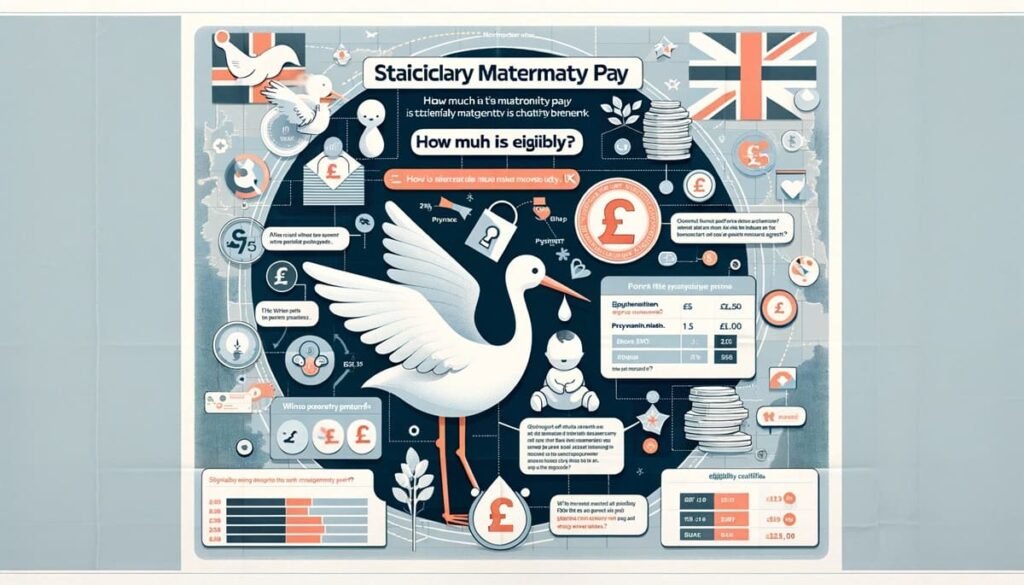
Statutory Maternity Pay (SMP) is a financial benefit provided to eligible working women in the UK who take time off to have a baby. This article covers essential information about how much SMP is, who qualifies for it, and how to claim it, providing answers to some common questions about the process.
Contents
What is Statutory Maternity Pay?
Statutory Maternity Pay is a government-funded payment to employed women who are on maternity leave. It is intended to help them take care of their new child without worrying about financial implications during this significant life event.
Eligibility Criteria for SMP
To qualify for SMP, you must meet the following requirements:
- Employment Status: You must be employed by the same employer continuously for at least 26 weeks by the end of the 15th week before the expected week of childbirth.
- Earnings Threshold: You must earn at least £123 per week (as of the 2024 financial year) before tax.
- Notification Requirements: You must inform your employer about your pregnancy and the expected week of childbirth at least 15 weeks before your baby is due, providing the correct notice and evidence (usually a medical certificate called MATB1).
How Much is Statutory Maternity Pay?
SMP is paid for up to 39 weeks. The payment rates as of 2024 are:
- First 6 weeks: 90% of your average weekly earnings before tax.
- Remaining 33 weeks: The lower of £156.66 or 90% of your average weekly earnings.
These amounts can change annually, so it is advised to check the latest figures on the official UK government or HM Revenue and Customs (HMRC) websites.
How to Apply for SMP
To apply for SMP, follow these steps:
- Notify Your Employer: Inform your employer about your pregnancy and your intention to take maternity leave. Provide the MATB1 certificate as soon as you receive it from your healthcare provider.
- Check Your Eligibility: Confirm that you meet the employment and earnings criteria.
- Employer’s Confirmation: Once you’ve notified your employer, they should confirm within 28 days how much SMP you will receive and when it will start and end.
- Disagreements: If your employer decides you’re not eligible for SMP, they must give you form SMP1 explaining why within seven days of the decision.
FAQs
Q: Can I receive SMP if I am self-employed?
A: No, SMP is only available to employees. Self-employed individuals might be eligible for Maternity Allowance instead.
Q: What happens if I leave employment during the maternity pay period?
A: Once you qualify for SMP, it continues even if you leave your job, as long as you meet the initial eligibility criteria.
Q: Is SMP taxable?
A: Yes, SMP is subject to income tax and National Insurance contributions.
Q: Can I work while receiving SMP?
A: You can work up to 10 ‘Keeping in Touch’ (KIT) days during your maternity leave without losing your SMP.
Conclusion
Statutory Maternity Pay provides vital financial support to pregnant women and new mothers in the UK, allowing them to focus on their health and their new baby. Understanding your eligibility and the application process can ensure you receive all the benefits you are entitled to during this crucial time. For the most accurate and updated information, always refer to official resources or consult with HR specialists or financial advisors.